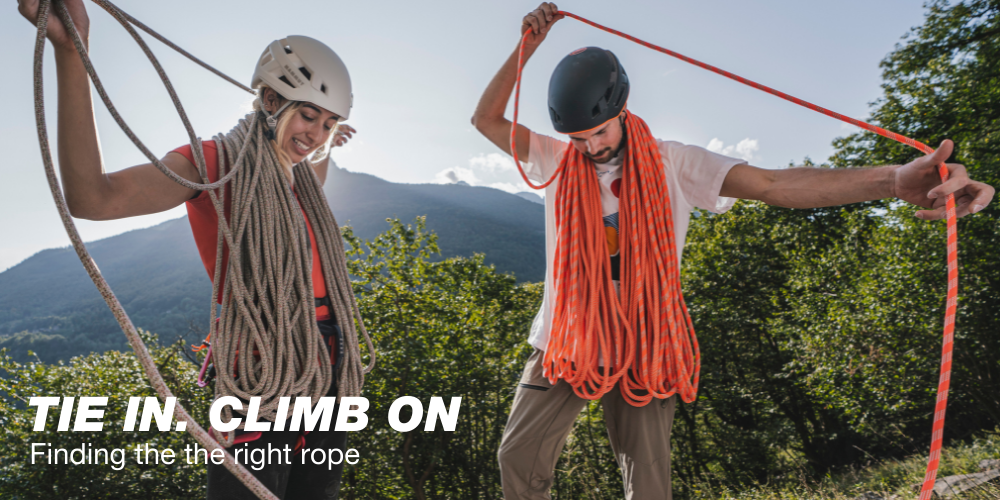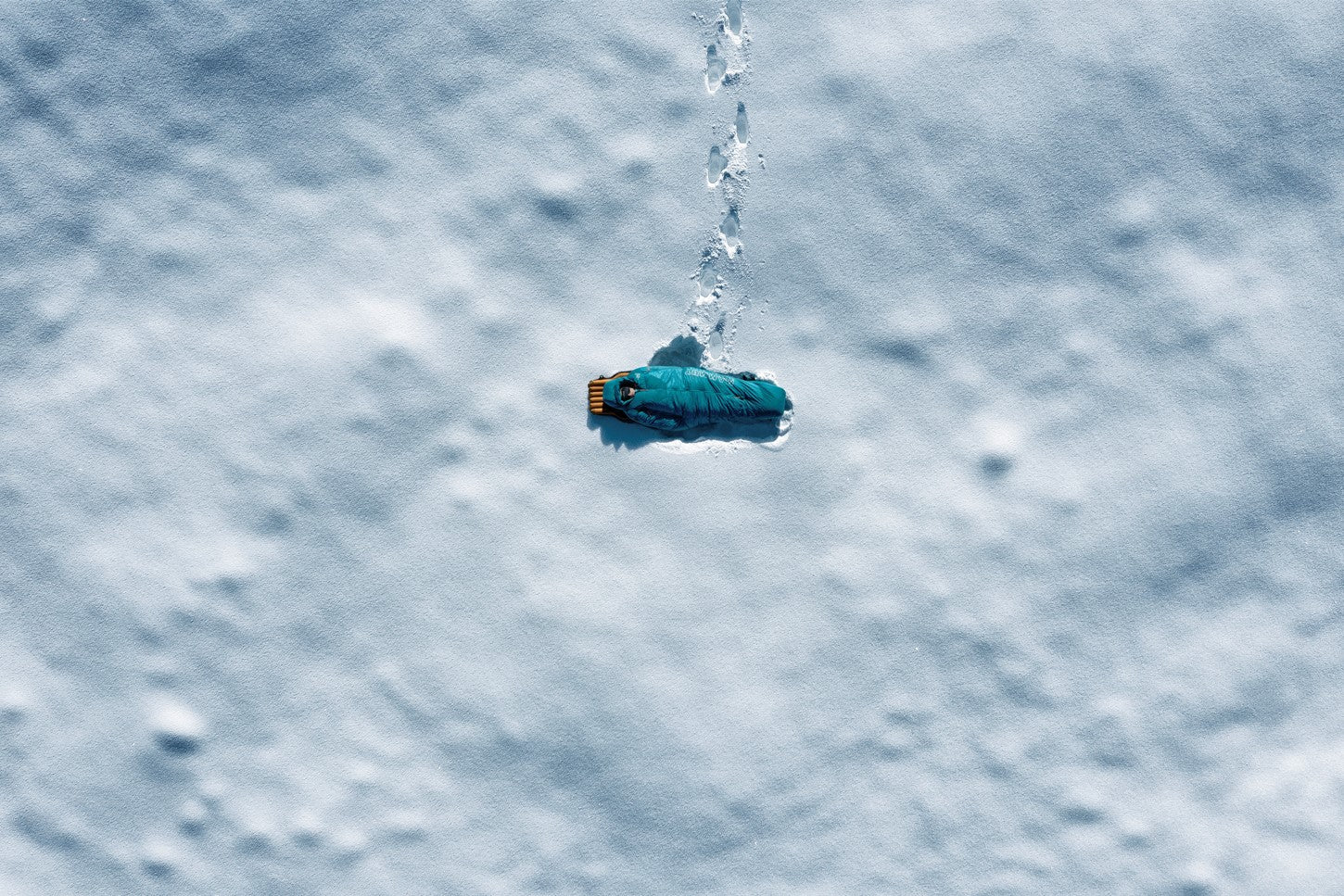Colder temps are just around the corner. And so is the need for the right sleeping bag.
After all, who doesn't like a good nights sleep after a big day.

So how do you know which sleeping bag is best for you?
See our three steps to finding the right bag.
1. HOW COLD WILL IT BE?
Knowing the expected temperatures you are likely to experience is the most important part of finding the right sleeping bag. Sleeping bags will generally have two temperature ratings. Comfort and extreme. The comfort rating is the minimum temperature that you will be comfortable in, if in a normal sleep position. (ie. stretched out, on your back). A comfort limit may also be stated. This is the lower limit where the user will no longer be comfortable and will start to experience survival responses. Such as curling of the body or mild shivering. The extreme rating is where the user will begin to experience severe health impacts. Such as the onset of hypothermia.
It is suggested that you plan to have a sleeping bag with a comfort rating that aligns with the forecast minimum temperature of your intended destination.

2. DOWN OR SYNTHETIC
Sleeping bags come with two main insulation options. Down or Synthetic. Down (down feathers) are sourced from either duck or goose, with goose generally being considered premium as it has better structural properties. There are multiple certifications relating to the responsible sourcing of down, such as RDS. Or Re:down which recycles discarded down.
Synthetic or Fiber is the other option and is made up of synthetically produced (man made) fibers, designed to mimic that structure of down. Many recycled synthetic options now exist, such as Ajungilak)
So which do I choose? Down is often chosen for it's lighter weight and smaller packing size. Where as fiber is generally slightly more heavier and bulkier.
The down side of down, is that it requires special care in wet environments, such as snow or rainy hiking trips.
Explore the DOWN and FIBER ranges.
3. SIZE
The majority of sleeping bags will be available in multiple lengths or sizes. It is important to size the sleeping bag correctly as a sleeping bag that is too small may mean you are not sleeping in a comfortable position or may not be able to close the bag completely, therefore restricting its ability to function correctly. A sleeping bag that is too big, may mean there is excuse internal air space which will allow cold air to form.
(Mammut sleeping bags are offered in a M, L or XL size)
(Note: The above information provided is to be used as a guide only. Temperature ranges my vary per person. Extra considerations should be made on a per person and per conditions basis)
Share
Read more

Finding the right hiking pack
Finding the right hiking pack, to suit your intended use, is crucial in the success of your trip or expedition. We have broken down our range into three key models. Highlighting the main features a...

CLIMBING ROPES
If your looking for a new rope or just want help understanding what all the lingo means, then your in the right place. CONSTRUCTION All ropes in the Mammut range consist of two parts. The core w...


